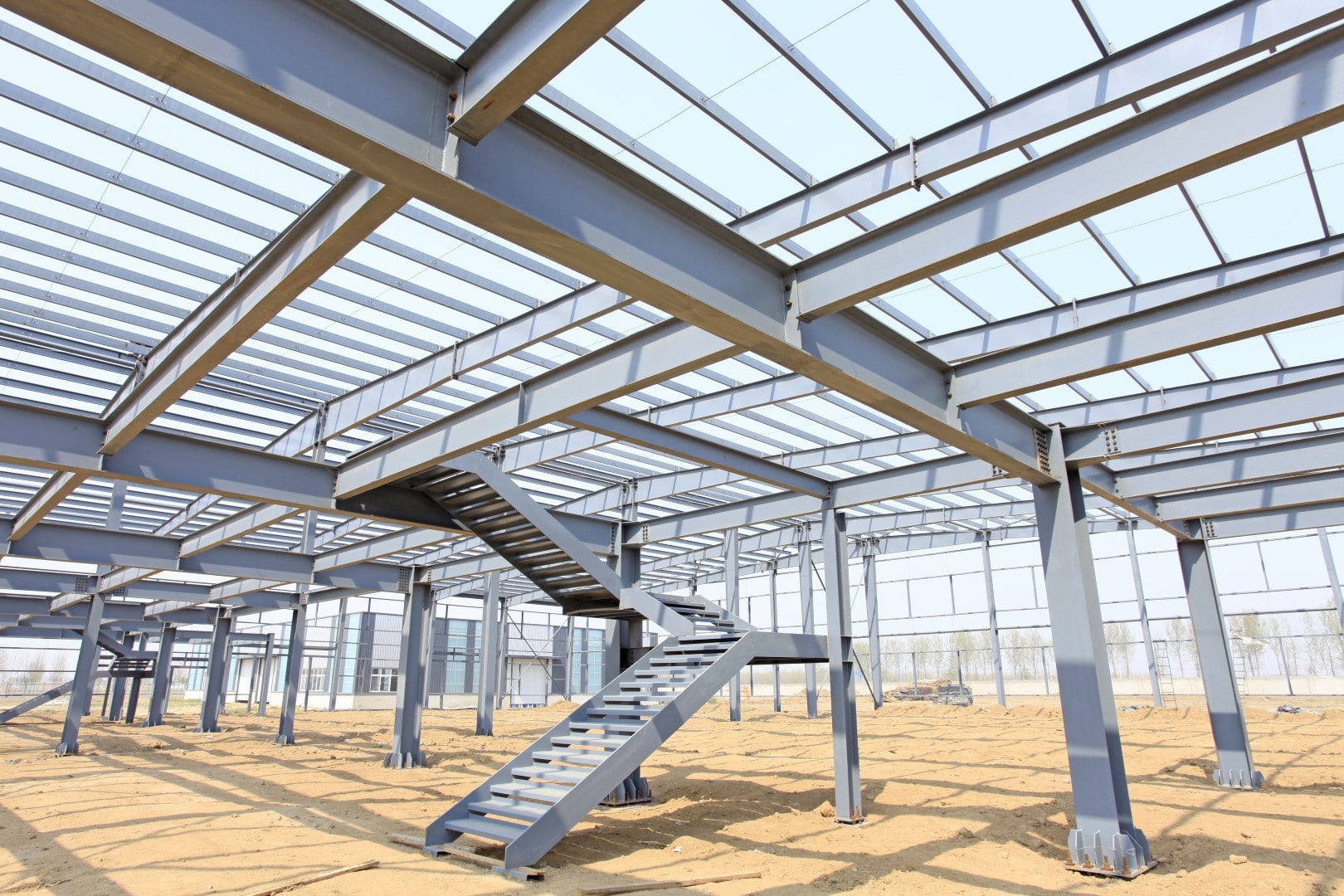The detailing of steel-to-concrete connections can be a challenging prospect. In many cases, multiple methods are required to design the various elements in a single connection, meaning the design takes longer to complete than it otherwise would. This, of course, has an impact on the productivity of an engineer.
In a world of complex designs using integrated software with BIM, this might seem antiquated, but the reality is that there are still many challenges to be met in the realm of connections and fixings. Ask different practicing civil engineers and you will get different answers as to how this issue should be approached.
A combination of techniques
Naturally, it is a safety-critical part of the role of a civil engineer to design this type of connection correctly. Whether in bridges or buildings, an effective and durable connection between steel and concrete has to be a fundamental consideration for design engineers. When thinking about the different elements at play – the anchor, the baseplate, stiffeners, and welds – many will use a combination of different types of software, technical guidelines, and hand calculations. Very few will approach this with just a single software.
This is indicative of something that is currently lacking in the industry, making the process of connection design in steel detailing extremely complicated and safe only in the hands of the most skilled engineers. Many will have to use a finite element analysis to extract reactions before using several different methods to come up with a complete design. This is not an ideal state of affairs, and mistakes can be made, so you need to feel confident you are working with a competent design team. Furthermore, it is a time-consuming process, and a less competent team could end up taking 8+ hours just to design a single connection, eating up a lot of valuable time in the long term.
Work with the best
In the grand scheme of things, the best solution for this will be for specific software to be developed that streamlines and optimises the design of steel-to-concrete connections in steel detailing. The lack of this software is holding many engineers back and making it harder for clients to know how to choose the right steel detailer for the job. Using lots of methods to design a connection bit by bit means there may not be one single, reliable source to do calculations and the shift from one source to the next impacts productivity.
Another issue with the lack of integration is the overall optimisation of a connection. With the difficulties of optimisation done the current way, and with it being so time-consuming, some designers are finding they have little time for iterations. This can even mean that some struggle to check the rigidity of the baseplate. Integrated design software would be the greatest solution for this, but until it becomes available you need to look for steel detailers to outsource the work to who can be relied upon to work in a swift and accurate manner.
The challenges associated with designing steel-to-concrete connections are surprising in an era with advanced design and modeling software, and even powerfull tools like AI and the imminence of AR. But this is a clear issue that you must consider if you are outsourcing your steel detailing for a project that requires these types of connections. Our team at Restoric Design offers a steel detailing service undertaken by engineers and designers with all the skills and experience to consistently deliver accurate connection design calculations in a timely manner. Contact us today to discuss your project and how we can help you.



